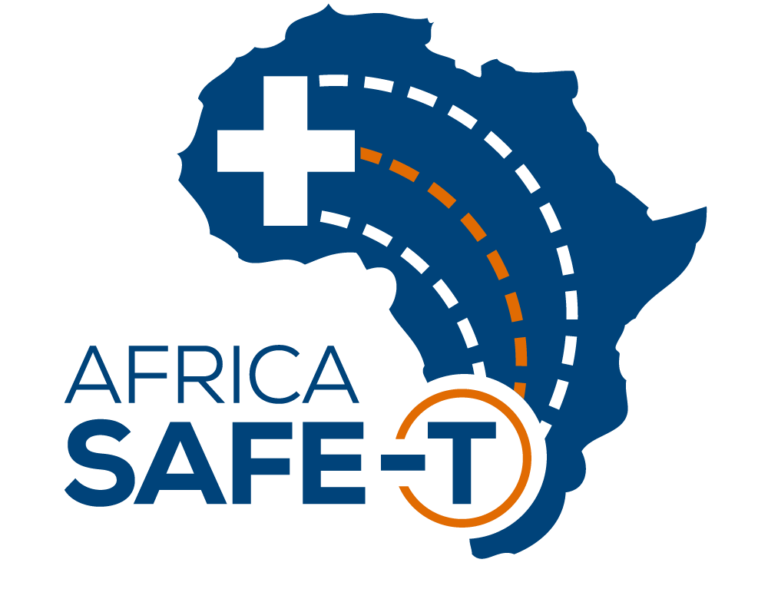
Menu

“I would like to thank Africa SAFE-T for all you did to help our little girl. From the time your paramedic arrived at our house, up to the time it took for you to arrange an airlift, it was simply outstanding. The professionalism and genuine care helped to put us at ease (as much as one can put a worried parent at ease). Your constant follow-ups and reassurances made a very terrifying situation tolerable. Now that the fear and anxiety have subsided, I can only look back on the situation with gratitude that your team was involved. You deliver an outstanding service that far surpasses ‘the ordinary’ emergency medical assistance. We will never be able to thank you enough for what you did for our family.”
On a Monday morning at 11h30, this client contacted our Incident Management Centre about a 3-year-old girl who was experiencing laboured breathing with wheezing, vomiting, a high fever and lethargy. The child had woken in the morning with a cough and a fever, and additional symptoms had now developed. The client is located more than 3 hours away from a hospital or doctor.
Our incident manager immediately recognized the rapid progression of the symptoms, and activated the Africa SAFE-T medical response unit in the area. The medical team conference-called with the client, who was advised to sit the child in an upright position to help with the breathing, and to begin cooling her using cool wet cloths. The incident manager obtained the medical aid information in case an evacuation was needed, and also placed ground and air transport units on standby.
The paramedic arrived on site 35 minutes later and performed advanced assessments. Oxygen and respiratory medication, due to poor lung performance, were required, and our doctor on call instructed the paramedic to administer advanced medications for further respiratory relief. It was then decided that the child required urgent evacuation via an air ambulance to Johannesburg.
Our incident manager activated the medical helicopter from Johannesburg at 12h30, and provided the air ambulance company with all the required billing information. The preferred paediatric hospital in Johannesburg was contacted and placed on standby, and the doctors on call were briefed on the girl’s condition. The accounts office was also able to open a patient file and to verify the medical aid membership before the patient’s arrival.
At 13h00 the air ambulance company contacted our incident manager to notify him that the mission had to be cancelled due to strong winds – the helicopter had been forced to land in an open field to review their options. With the strong wind, fuel was being consumed too rapidly, which meant the helicopter would not be able to return to Johannesburg. After determining how much fuel would be required for the return flight, the incident manager used the centre’s resource list to find an alternative source of jet fuel. A lodge in the area, known for keeping jet fuel on site, was identified and contacted and they confirmed that they could help. With fuel in place, the air ambulance then resumed its mission.
Having collected the child, the doctor on board the air ambulance performed intensive medical care by intubating and placing her on a ventilator. Five hours after the incident was reported, the air ambulance landed safely at the paediatric hospital in Johannesburg.
The child made a full recovery.
If the parents did not have access to the on-site medical unit with oxygen and advanced medicines, they would have had to either transport the child to a hospital 3 hours away, or wait for private transport. She would most likely have suffered from respiratory arrest within an hour, and died. If the air ambulance did not have access to the AST’s Incident Management Centre resources, they would have had to abandon the flight and the result would have been a ground evacuation which would have increased the delay in treatment.
If the parents did not have access to the on-site medical unit with oxygen and advanced medicines, they would have had to either transport the child to a hospital 3 hours away, or wait for private transport. She would most likely have suffered from respiratory arrest within an hour, and died.
If the air ambulance did not have access to the AST’s Incident Management Centre resources, they would have had to abandon the flight and the result would have been a ground evacuation which would have increased the delay in treatment.

AFRICA SAFE-T PTY (LTD)
VAT No: 4660229537
Reg No: 2005/020863/07
BHF Practice No: 0619493
Tel: +27 10 593 0693
Email: info@africasafe-t.com
Level 3, Crossings Offices, Crossings Shopping Centre, Cnr. Samora Machel and Madiba Dr, Nelspruit, 1200